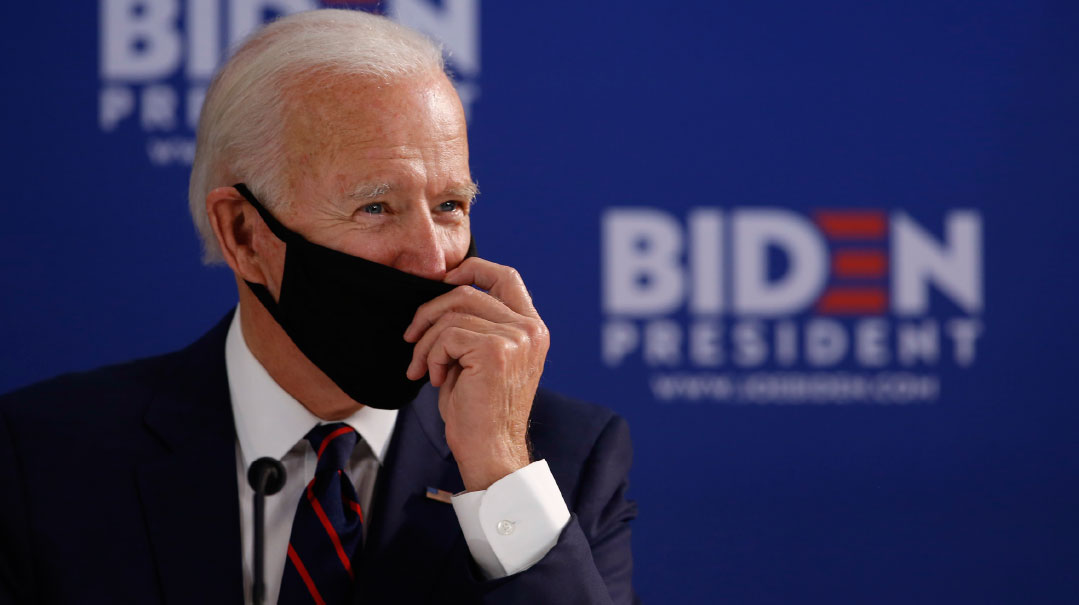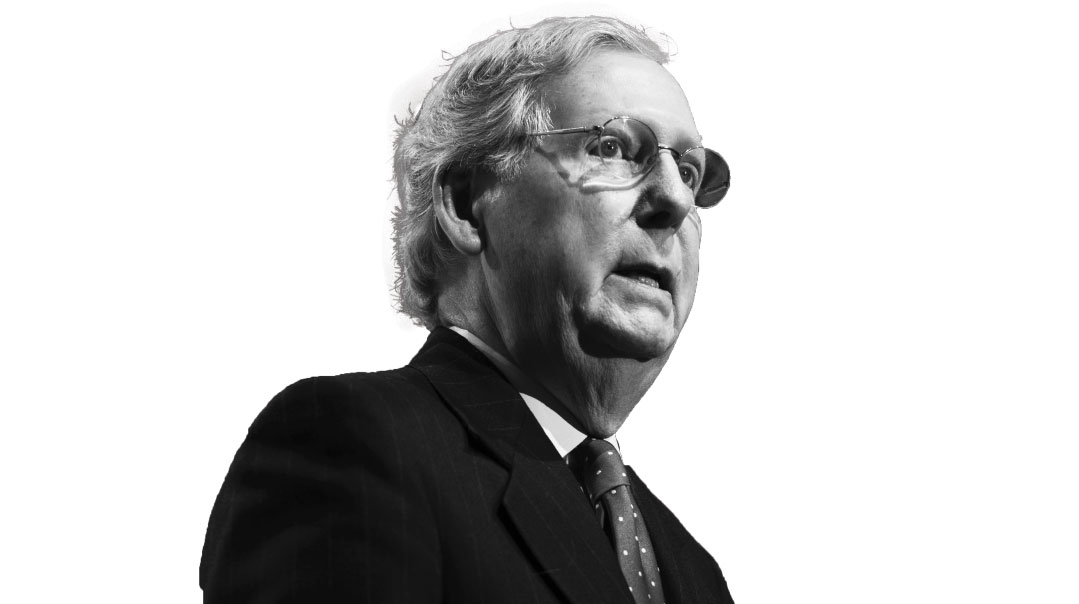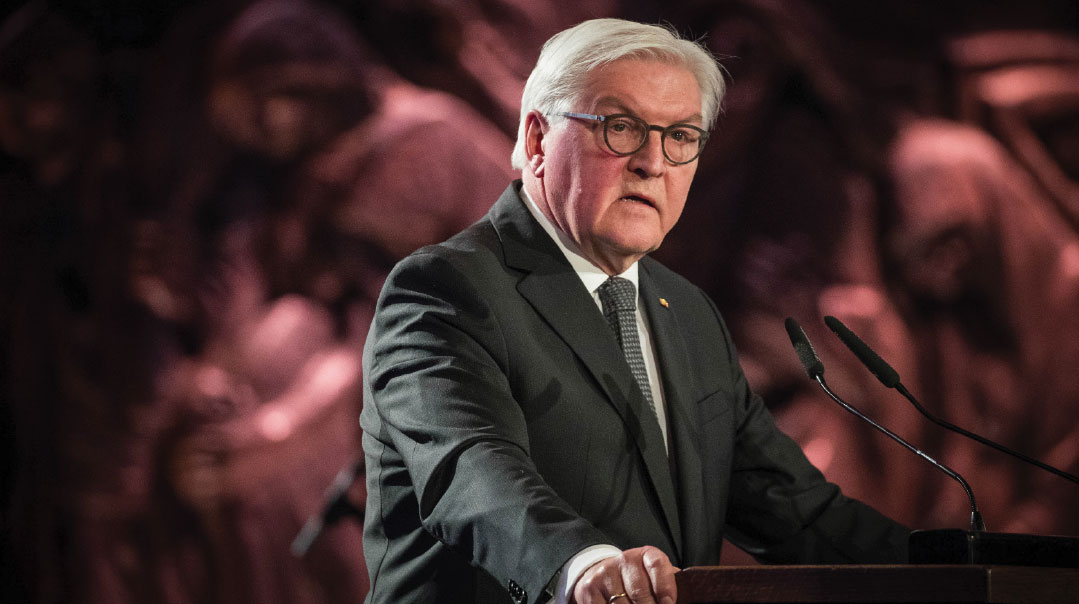Small Facts, Big Ideas

Headlines over the last six months that tell us something about general trends in politics and society

F
or better or worse, we live in a world of copious information. The Internet has enabled the publication of thousands of news sites, and has allowed for expanded coverage from some of the print and broadcast heavyweights. For a journalist, it’s both a blessing and a curse. On the one hand, there is so much to read. On the other hand, there is so much to read that it’s hard to decide what to write about.
Which is why I tend to save links to stories, like a ferret storing his food, hoping that one day inspiration — or a news hook — will strike and I can finally put fingertips to keyboard.
So, in honor of all those small items that don’t deserve full treatment but do nonetheless provide a nugget of insight, herewith are a sampling of several noteworthy headlines over the last six months that tell us something about general trends in politics and society.
Politics
“Women Behind Almost Half of Individual Trump Contributions in First Three Months of Year”
One would think women would be the least likely to support Trump, given his checkered history. But it’s not so. More than 45 percent of the individual itemized contributions to the Trump campaign in the first three months of 2019 came from women, according to the Center for Responsive Politics, a nonpartisan research group. Though the $1.5 million collected in the first quarter made up a small portion of the $30.3 million total contributions, it does suggest that Trump may have a well of hidden support.
“Four in Ten Americans Embrace Some Form of Socialism”
A Gallup poll released in May found that 43 percent of Americans believe “some form of socialism” would be a “good thing” for the United States. Another 47 percent said they would vote for a socialist candidate for president. Previous Gallup polling shows that 57 percent of Democrats view socialism positively.
Bernie Sanders, the socialist senator from Vermont running for president, must be heartened by the news. He currently trails the frontrunner, former Vice President Joe Biden, 16.5 percent to 35 percent.
“The Democrats’ 100-Year Flood”
Polling experts believe voter turnout in 2020 may be the highest in a century. They base that forecast on record turnout for the 2018 midterm elections, which was 50 percent, about 10 points higher than the historical norm. Michael McDonald, an elections expert at the University of Florida, expects turnout in 2020 to be 67 percent, 7 points higher than 2016. McDonald believes that young people and people of color will turn out in higher numbers to vote President Trump out of office. Another election expert, Larry Sabato, said voters will go to the polls to make sure that the election night surprise of 2016 does not repeat. “Nobody’s going to believe the polls after 2016, and everyone will assume a tight race.”
“Domestic Issues Dominate the Priorities of the Jewish Electorate”
Jewish Americans care most about health care and least about Israel. That is the striking result of a study conducted for the Jewish Electorate Institute. More than 1,000 Jewish voters said that maintaining Medicare and Social Security were their top electoral priorities, followed by enacting gun safety laws, combating the influence of white supremacists, combating terrorism, and improving the economy. What a candidate thinks about Israel was dead last on a list of 16 policy priorities, a fact that explains why many Jews still vote for Democratic candidates whose support for Israel is lukewarm. The poll also found that, despite decades of effort, support for the Republican Party in the Jewish community remains at 25 percent, the same as 2018.
Society
“Workism Is Making Americans Miserable”
In the past, wealth bought leisure time, notes Atlantic writer Derek Thompson in his February 2019 article. But today, success at work buys more work.
That’s because work has become a kind of religion among young people, one of the many “-isms” that have replaced traditional religious practice. “Some people worship beauty, some worship political identities, and others worship children,” Thompson writes. “But everybody worships something. And workism is among the most potent of the new religions competing for congregants.”
In 1980, the highest-earning men worked less than middle-class and low-income men; now they have the longest average workweek. “It is fair to say that elite American mean have transformed themselves into the world’s premier workaholics,” Thompson writes. “Today’s rich American men can afford vastly more downtime. But they have used their wealth to buy the strangest of prizes: more work!”
“US Births Fall to Lowest Level Since 1980s”
The birth rate in the United States fell below replacement level (2.1 percent) in 1971, notes an article in the Wall Street Journal, but last year it hit a record low, 1.7 percent. Falling birth rates among young and Hispanic women account for most of the decline. Interestingly, there was an increase in the birth rate among women aged between 35 and 44.
In the long-term, a lower birth rate means that an aging population will have a much smaller workforce to support them in their retirement. However, researchers hope that as the millennial generation (now 23 to 38 years old) moves through their 30s, the birth rate will once again rise.
“Social Media Is Making Us Crazier”
“Society seems to be going steadily crazier,” writes author Glenn Reynolds in his new book, The Social Media Upheaval. “And maybe it doesn’t seem to be. Maybe it actually is growing crazier.”
The cause of this insanity? Social media. Reynolds, creator of the popular Instapundit blog, details the many ways in which social media is changing the way we act and interact, mostly for the worse.
Look around and you will see men, women, and children locked in to their cell phones, oblivious of those around them. Then there are those who spend their days on Twitter, yelling at people they don’t know half a planet away. Average intelligence is statistically declining in the social media age, Reynolds writes, as distraction becomes the norm and time to read a book dwindles. Worst of all, these social media platforms have the power to promote a political identity and exclude those who don’t conform. Welcome to the world of anger. And Orwell.
“Religious Couples Are the Most Blissful of All”
Call it the anti-Hollywood study. Popular culture sells the myth that religious life is stifling while a nonreligious life is liberating. In fact, according to an Institute for Family Studies report conducted in 11 countries, religious couples are happier and more satisfied with their marriages than secular and less religious couples. In the United States, the study found that 38 percent of wives and 33 percent of husbands of religious couples were satisfied with their partners while 23 percent of wives and 20 percent of husbands of secular couples were satisfied with their partners. Religious couples also tend to have more children and are more likely to marry.
So, if you want a happy marriage, go to shul.
(Originally featured in Mishpacha, Issue 764)
Oops! We could not locate your form.













